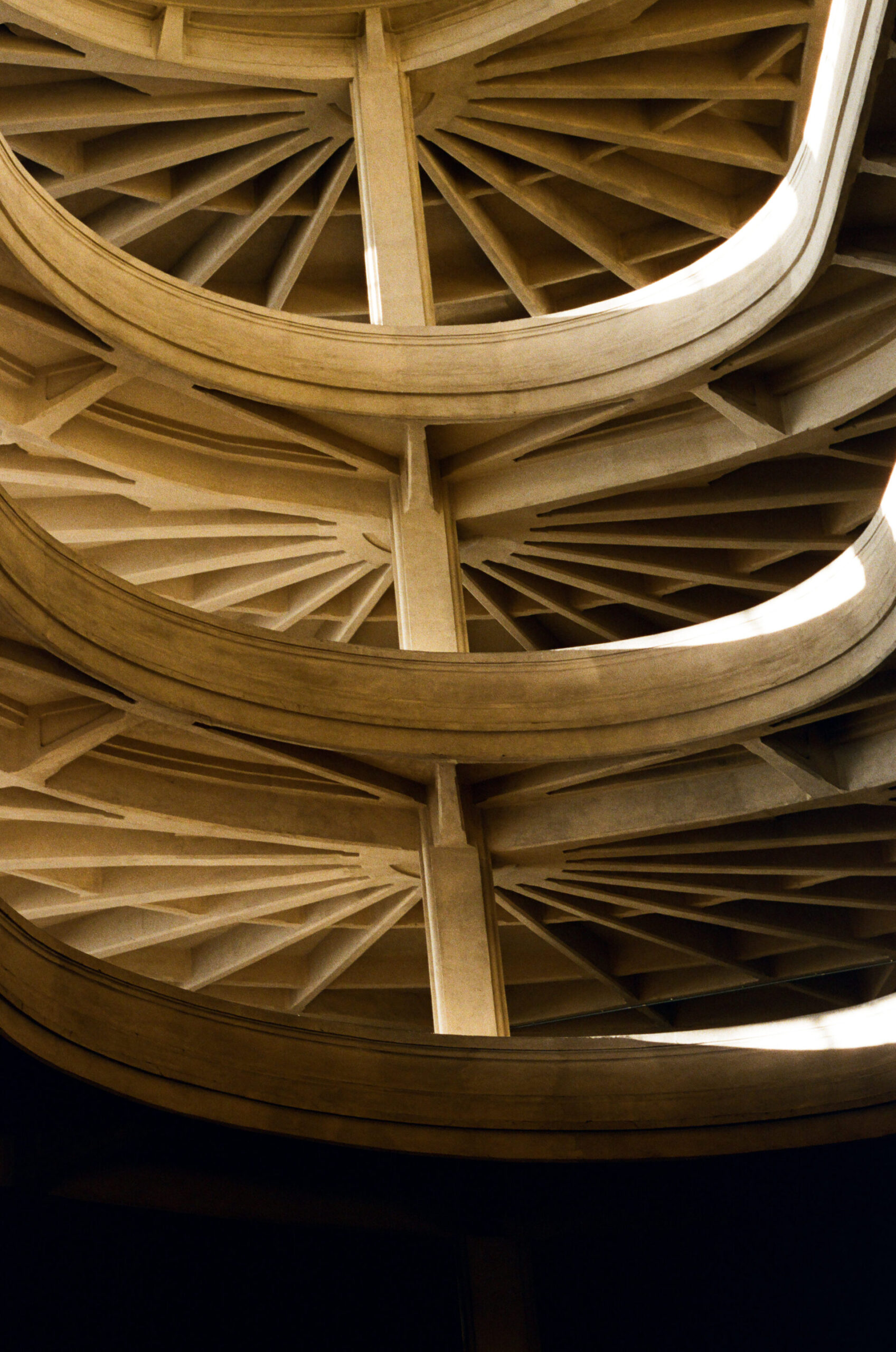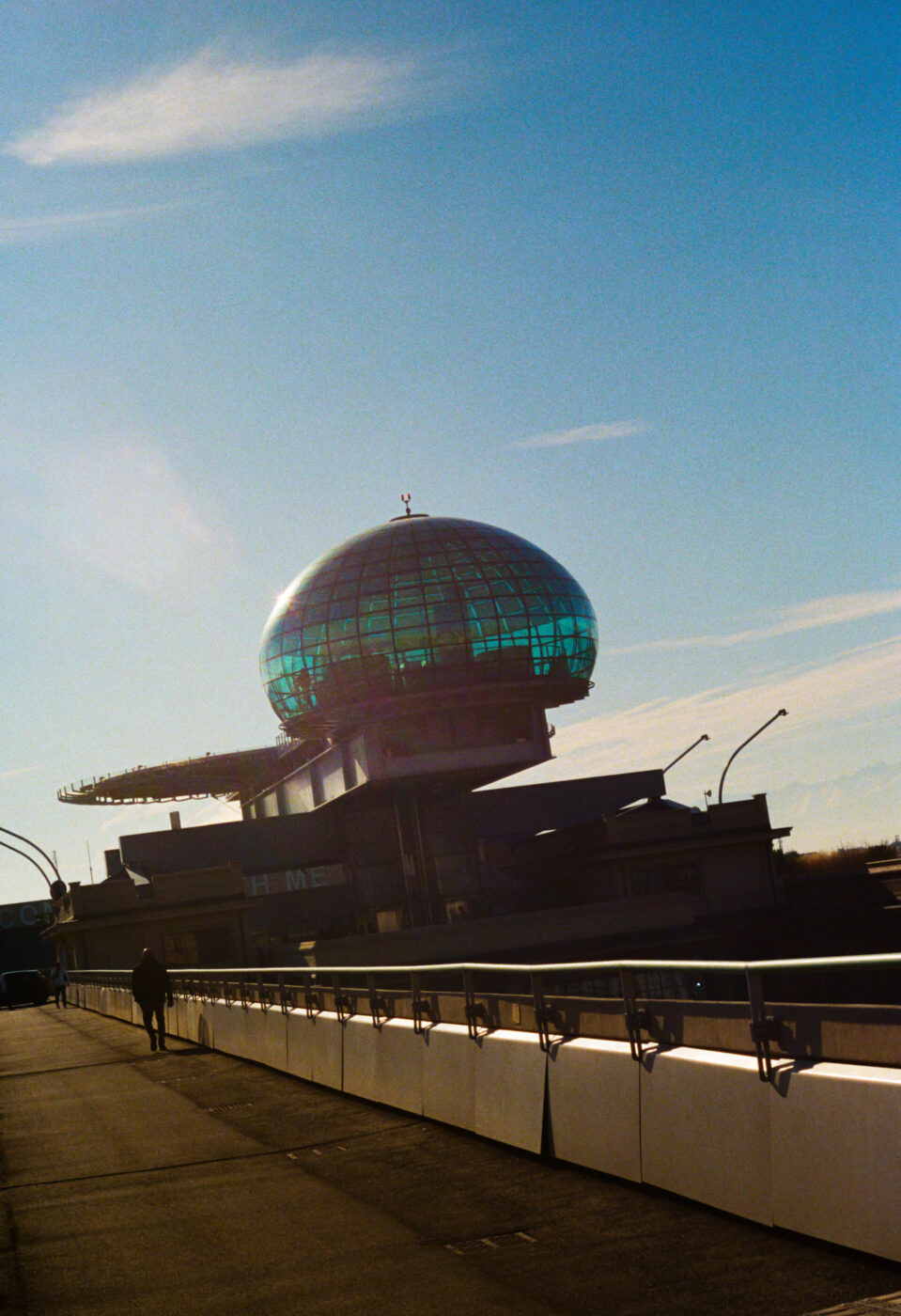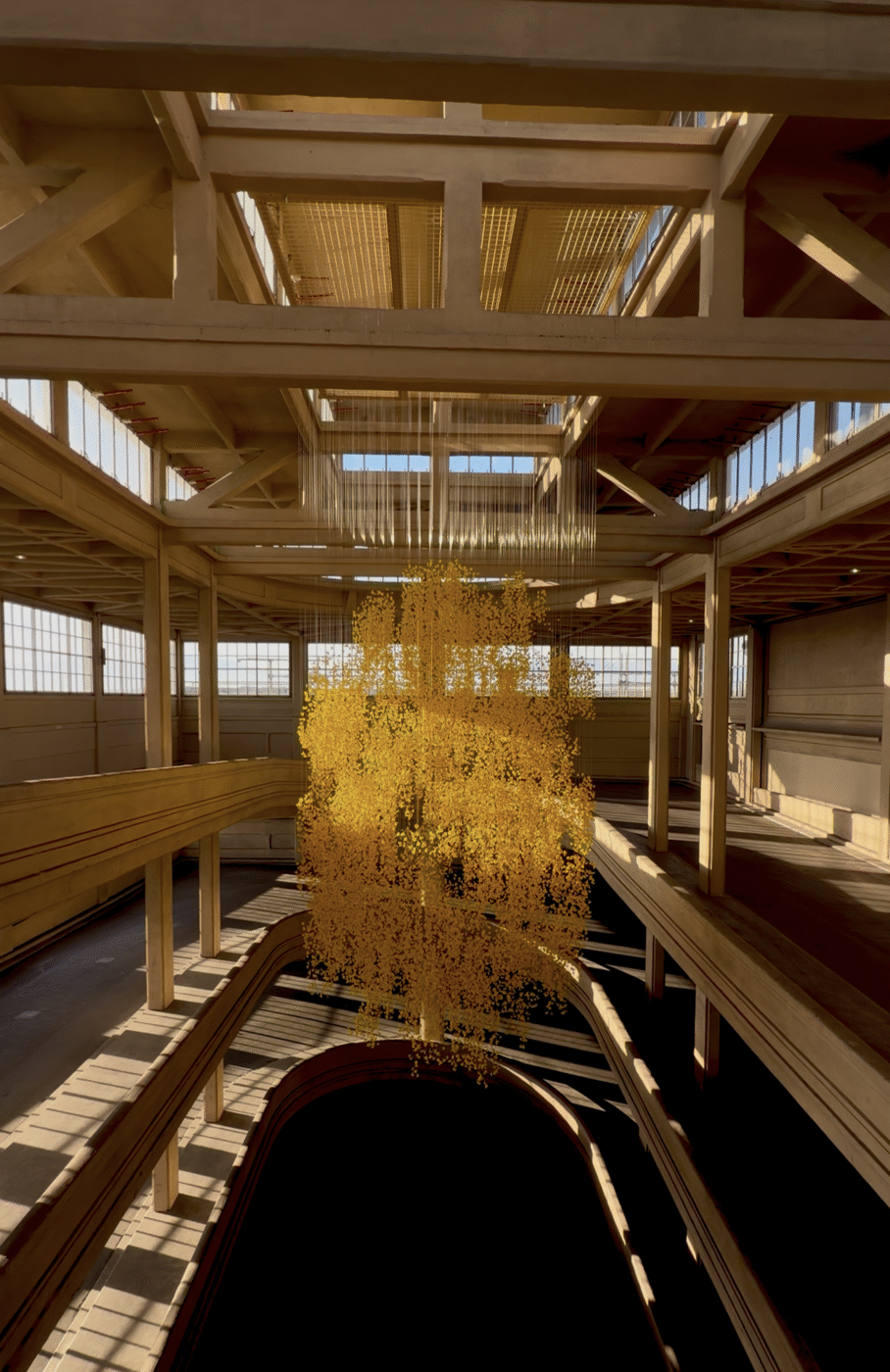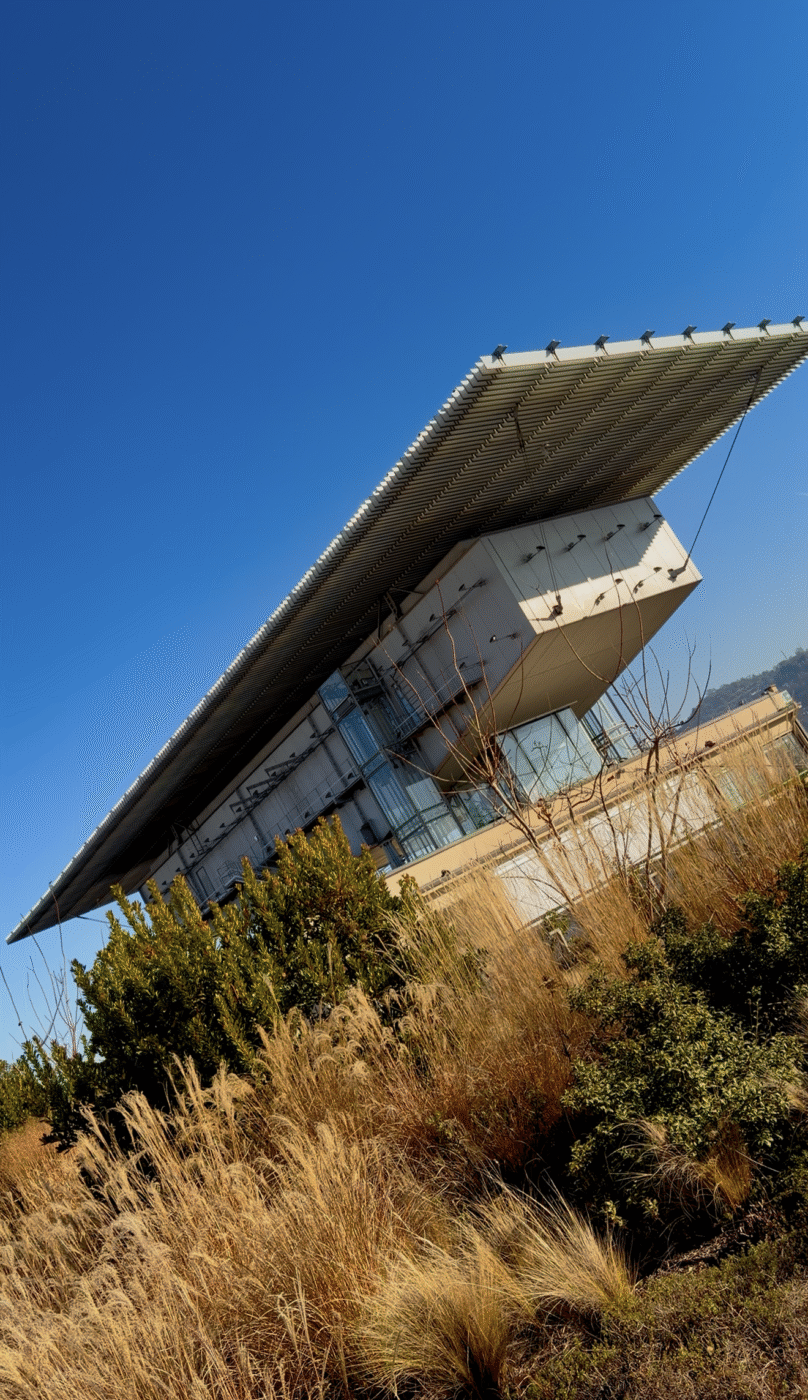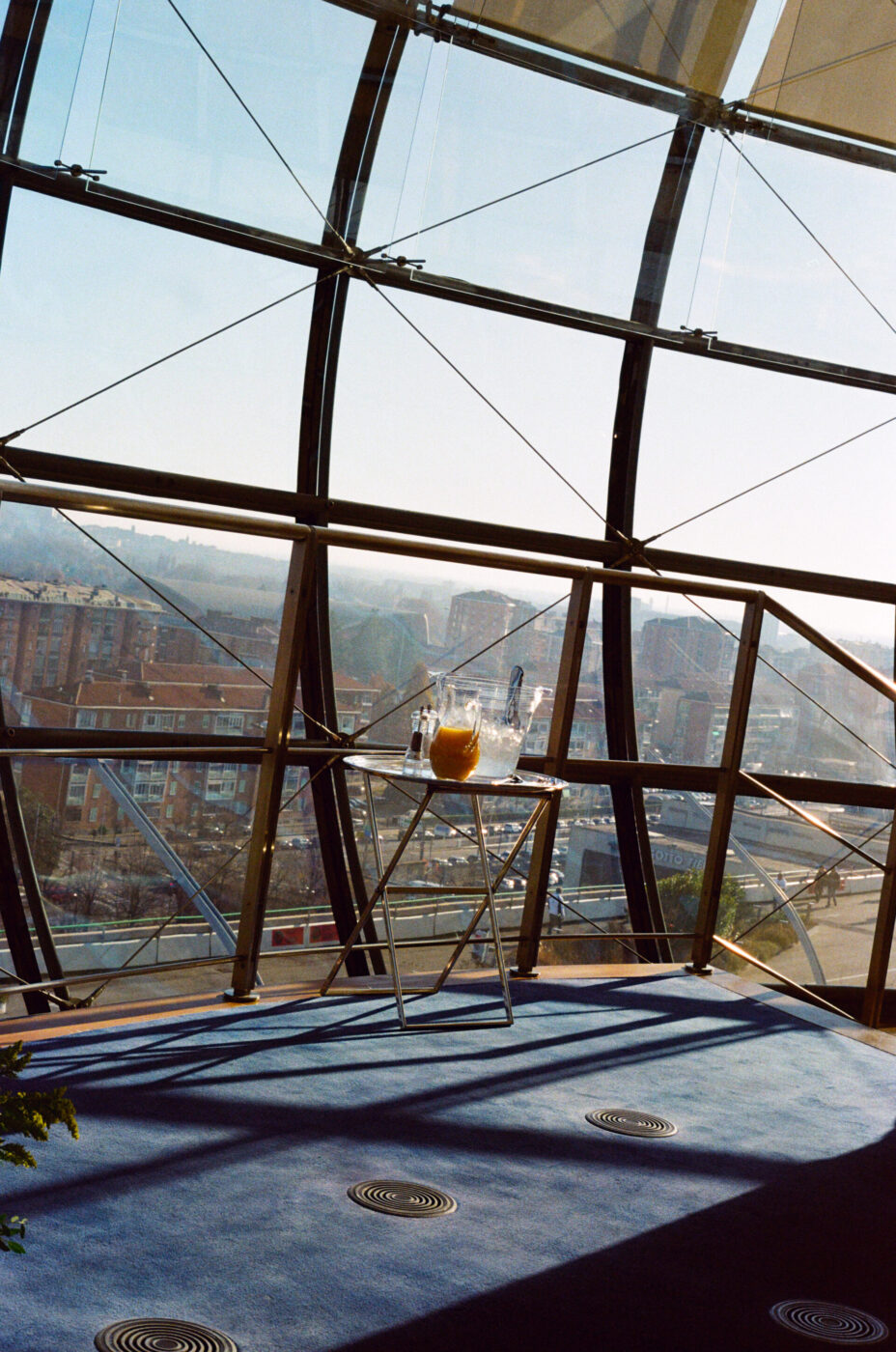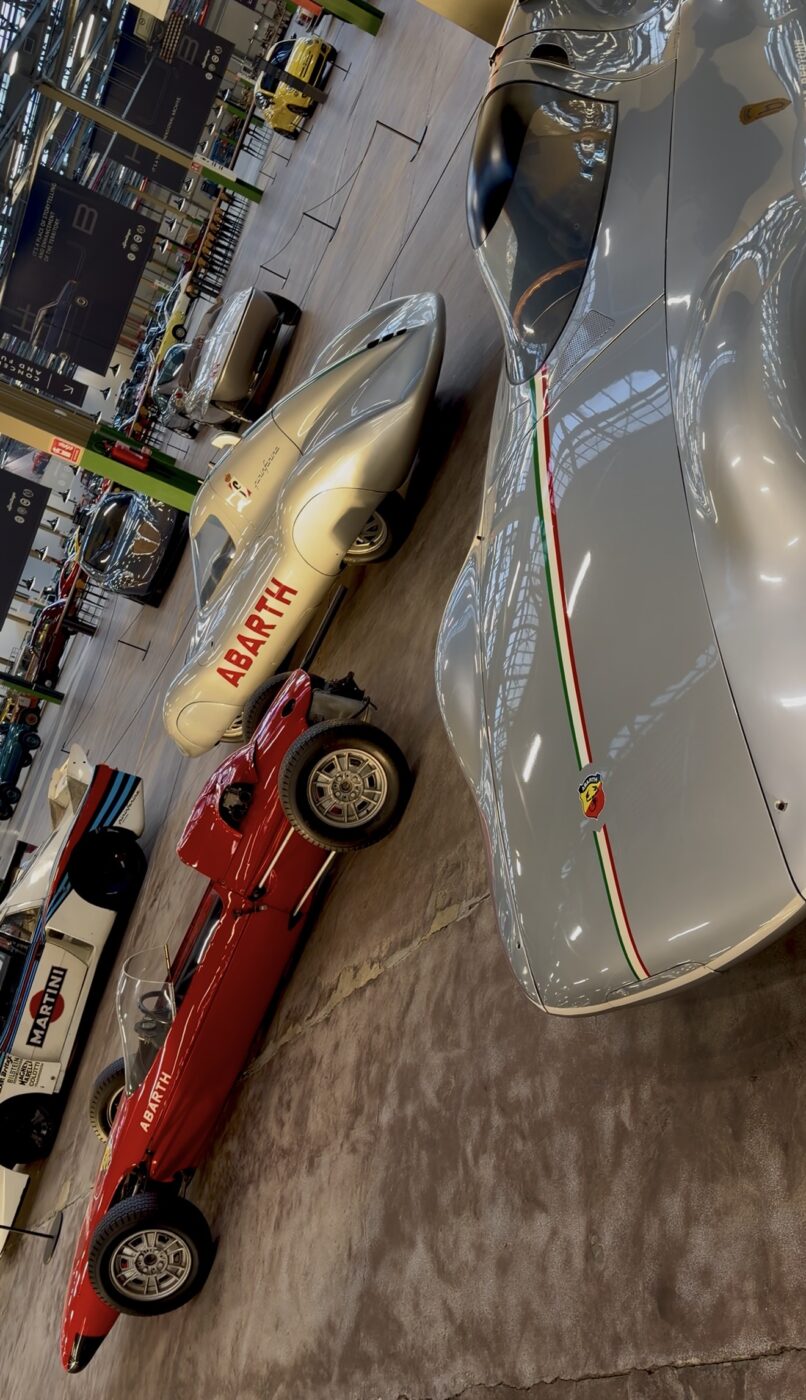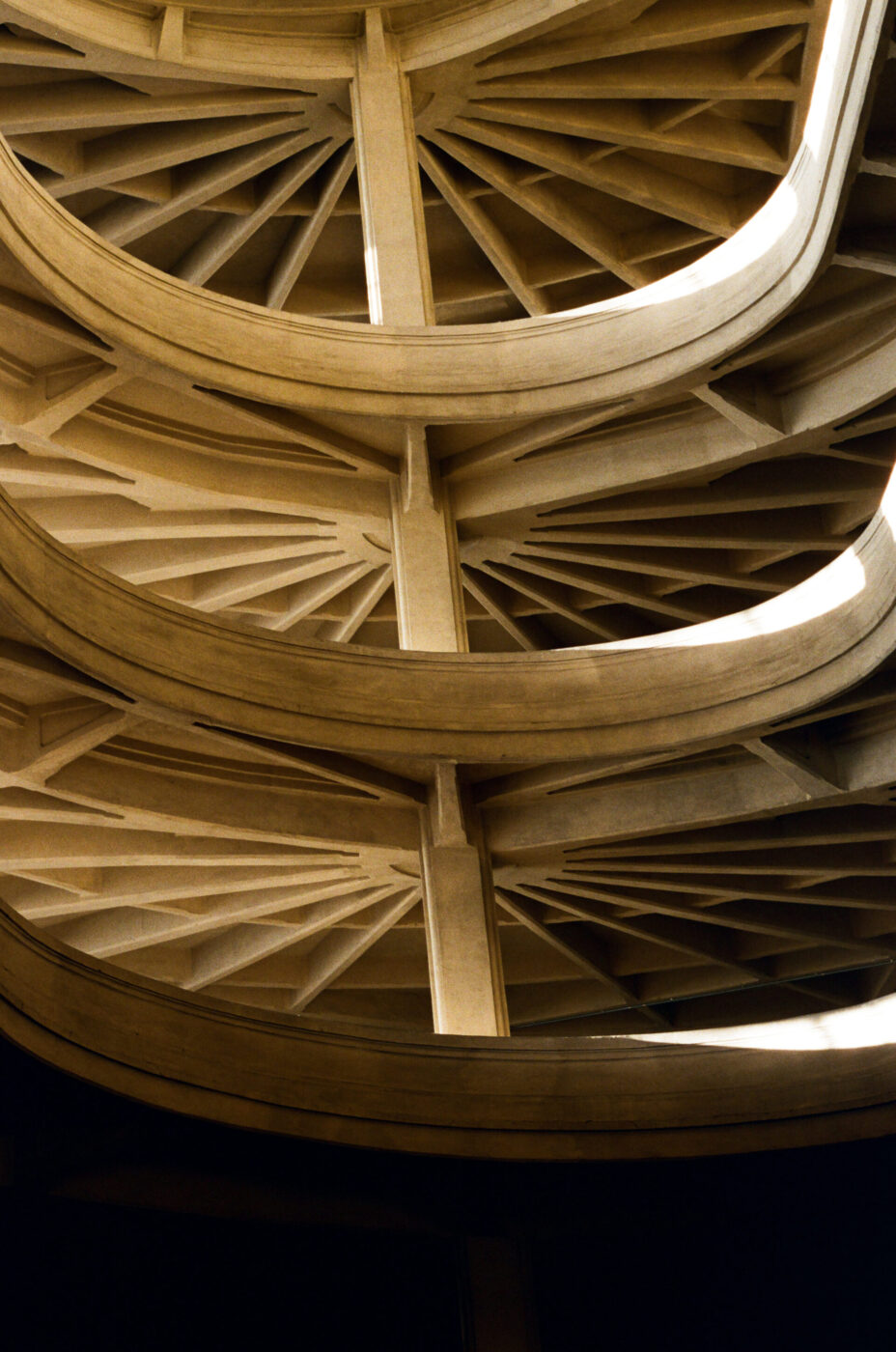Turin, a royal city, elegant, with that “Piemontese-style” Baroque that does not flaunt. Turin, very demure, with a skyline marked by the Mole Antonelliana, home to the Cinema Museum. Just inside it, however, even the least well-informed tourist might come across the remains of the “other Turin”–the industrial, working-class Turin–by lingering a few minutes to watch the film extracts in the room dedicated to the city.
Among the excerpts shown here are those from La ragazza di via Millelire (The girl from Millelire Street, 1980), which take you to the southern districts of the city, to the unfiltered suburbs of late 20th-century Turin, the capital of the country’s car manufacturing industry. Unease, working-class tensions, terrorism, heroin. Its brutal realism did not appeal to viewers at the time–it’s never nice to look into the face of crumbling dreams–but today the film is a powerfully shocking historical snapshot. You see a land born for agriculture but smothered in concrete, holes drilled, building materials piled up: the dream of modernity in all its violence. Here and there, new, large, futuristic buildings begin to spring up, except that the scene is a few decades old and those buildings now pile on top of each other, aged far worse than the movie that captured their construction.
In the Turin of the Salone del Gusto, the ATP finals, CioccolaTo, and Eurovision, it is useful to look back at these images and remember that the city was founded on the work of those who migrated from the countryside and the mountains first, from the Triveneto region later, from the south en masse, and now from across the sea.
The places that bear the battle scars of Turin’s industrial history, where La ragazza di via Millelire is set, are those known as the “FIAT neighborhoods”, since it’s in relation to the car producer’s huge factories that the neighborhoods of Lingotto and Mirafiori exploded and then imploded.
The “FIAT Neighborhoods”: Turin’s Southern Suburbs
Nizza Mille Fonti, Lingotto, and Mirafiori—southern suburbs of Turin—are the centers of the city’s industrial and working-class history. Once sleepy agricultural lands dotted with small underground springs (hence the name “Mille Fonti”) connected to the nearby river Po, these districts transformed when FIAT rolled into town in 1900, planting its first factory in Nizza Mille Fonti and turning Turin into Italy’s automotive capital.
Nature remains predominant though, on the side of the neighborhoods that follow the course of the Po. Here, a series of parks has slowly begun to protect the riverside, where one can be surprised by squirrels while reading a book on the benches overlooking the hill, watch the rowers whizzing along the river, and take walks that reach the center or bring you into the countryside without even realizing it. From here, in autumn, you can catch some of the best sunsets Turin has to offer.
As you move from the river into Turin’s industrial core, however, a faded charm emerges—a mix of turn-of-the-century working-class villages with hints of Art Nouveau and aging dormitory neighborhoods, echoing the car industry that once defined them. While not a typical tourist spot, these areas reveal hidden gems and a raw, unpolished beauty that carry the weight of a history that has shaped not only the city of Turin, but also the entire socio-economic fabric of Italy.
Read on to learn about the turbulent history behind these factory neighborhoods and the new addresses–urban gardens, sustainable shopping centers, restored farmhouses–that are part of their regeneration.
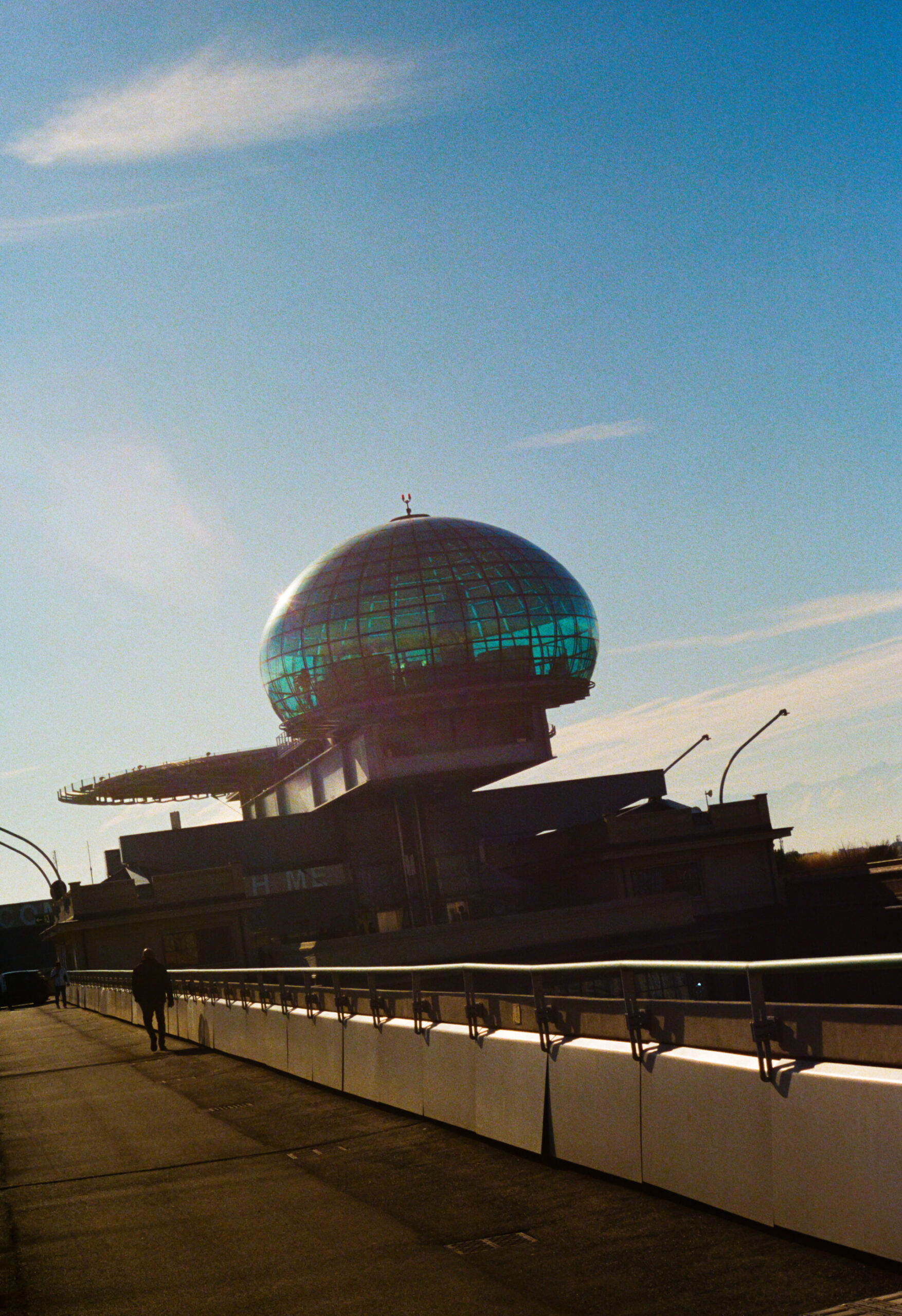
Pinacoteca Agnelli
LINGOTTO AND NIZZA MILLE FONTI
Lingotto: once the crown jewel of FIAT’s factories. Named after the Lingotto family of Moncalieri, who lent their name to a humble farmstead-turned-industrial-icon, the site is technically in Nizza Mille Fonti. It rose from the ashes of the Counts Robilant’s villa, which had its own colorful history—Partisan stronghold, Casa del Popolo—before Giovanni Agnelli turned it into a temple of car production. Opened in 1923, Lingotto was cutting-edge until 1940, when production moved to the bigger and shinier Mirafiori plant.
But Lingotto wasn’t done stealing the spotlight. Its pièce de résistance? A rooftop test track built in 1927, shaped like a giant ring with parabolic curves so cars could hit a blistering 90 km/h—mind-blowing at a time when most cars could barely hit 70. Even Le Corbusier couldn’t resist its charm, calling it “one of the most impressive spectacles that industry has ever offered.” (The Italian Job movie, in 1969, cemented the track’s Hollywood status with an unforgettable chase scene.)
By the 1980s, Lingotto’s production days were over, but its story didn’t end there. Renzo Piano swooped in and gave it a second act, transforming it into a shopping center, hotel, and exhibition space. In 1994, he topped it off—literally—with the “Bubble,” a sleek, transparent rooftop meeting room.
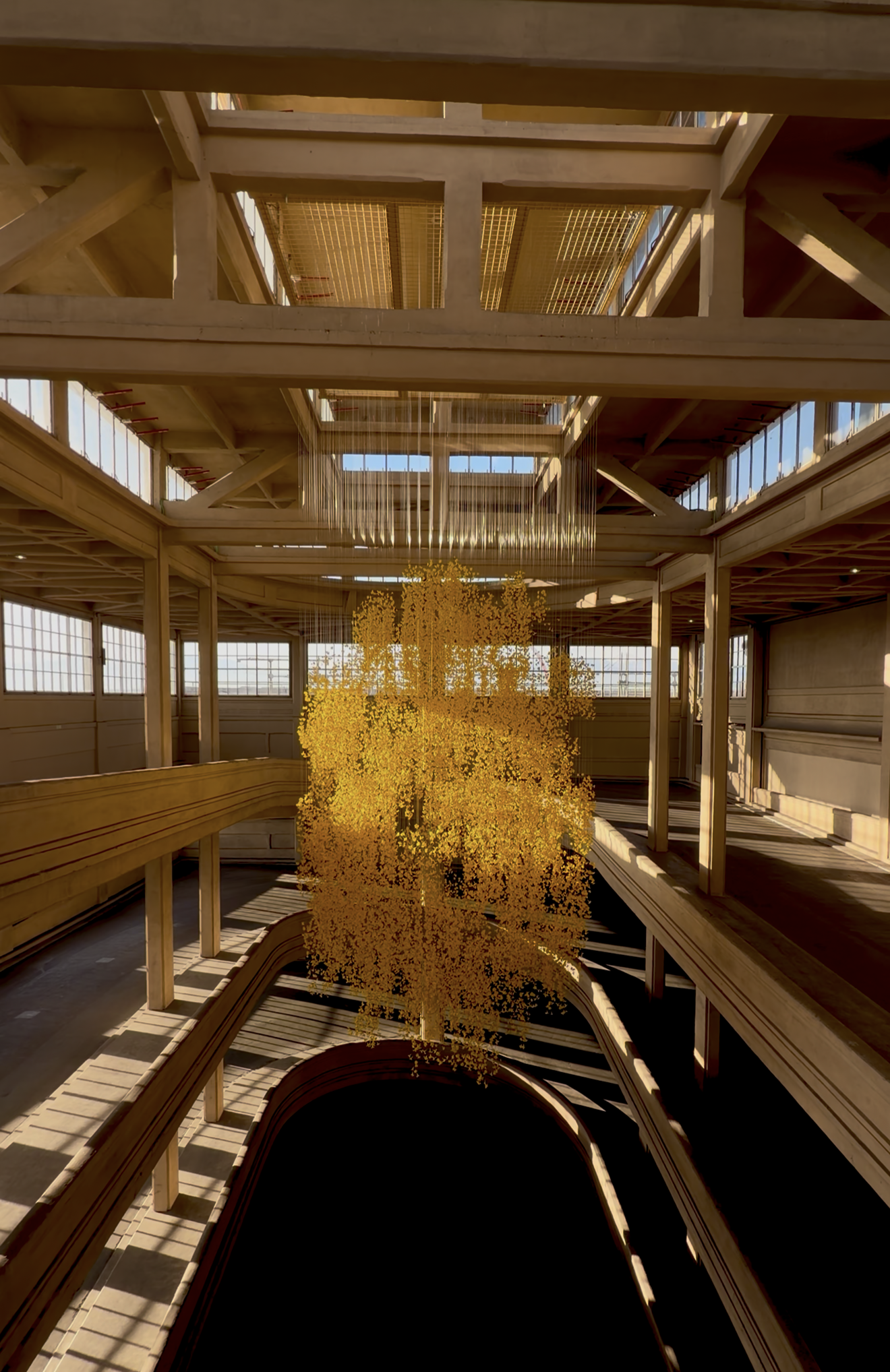
The inside of Torino Lingotto
What to See in Lingotto and Nizza Mille Fonti
In addition to the many events you might happen to attend at Lingotto (the Book Fair, Artissima, Salone del Gusto), here’s what is worth visiting:
Pinacoteca Agnelli – The stunning museum Pinacoteca Agnelli—which is as cool externally as the exhibitions inside—houses 25 masterpieces from the collection of Giovanni Agnelli and Marella Caracciolo, alongside captivating, rotating exhibitions. Be sure to check out the Pista 500, a transformed historic rooftop runway (once used by FIAT for testing their cars) featuring art installations by international artists—including sculptures, light and sound works, expanded cinema projects—and complemented by a lush roof garden.
Parco Arte Vivente (PAV) – If you are interested in more experimental art forms, head instead to the Parco Arte Vivente (PAV), a contemporary art center conceived by artist Piero Gilardi and directed by Enrico Bonanate. The park is a green area in continuous evolution and occupies a former industrial area of about 23,000 square meters where you will find open-air works, an interactive museum, and participatory art interventions.
Eataly – A triumphant example of the neighborhood’s commercial redevelopment is the headquarters of global brand Eataly–opened in 2007 in a former vermouth factory within the historic FIAT industrial complex. Find all the grocery shopping you’d expect from the food empire, plus a selection of restaurants.
Green Pea – Green Pea, opened in 2020 next to Eataly, is Italy’s first shopping center dedicated to sustainability, offering eco-friendly products across five floors. From renewable energy systems to a rooftop restaurant and wellness space, it combines conscious living with innovative design in the repurposed industrial space.
Italia ’61 – A curious thing of which not much remains, except for a few decadent vestiges and the faded traces of the future that was dreamt of in the years of the economic boom, is Italia ‘61–the micro-district within Nizza Millefonti that hosted the 1961 Expo. In those days, visitors could feast their eyes on the Monorail, the Cicarama (a 360° cinema), the cableway that passed over the river connecting the Valentino Park with the Parco Europa, and a luminous fountain. What remains now is a somewhat sad but fascinating fountain and a monorail track, which was used for only a few months, as a reminder of what happens when you dream of the future without caring about the present.
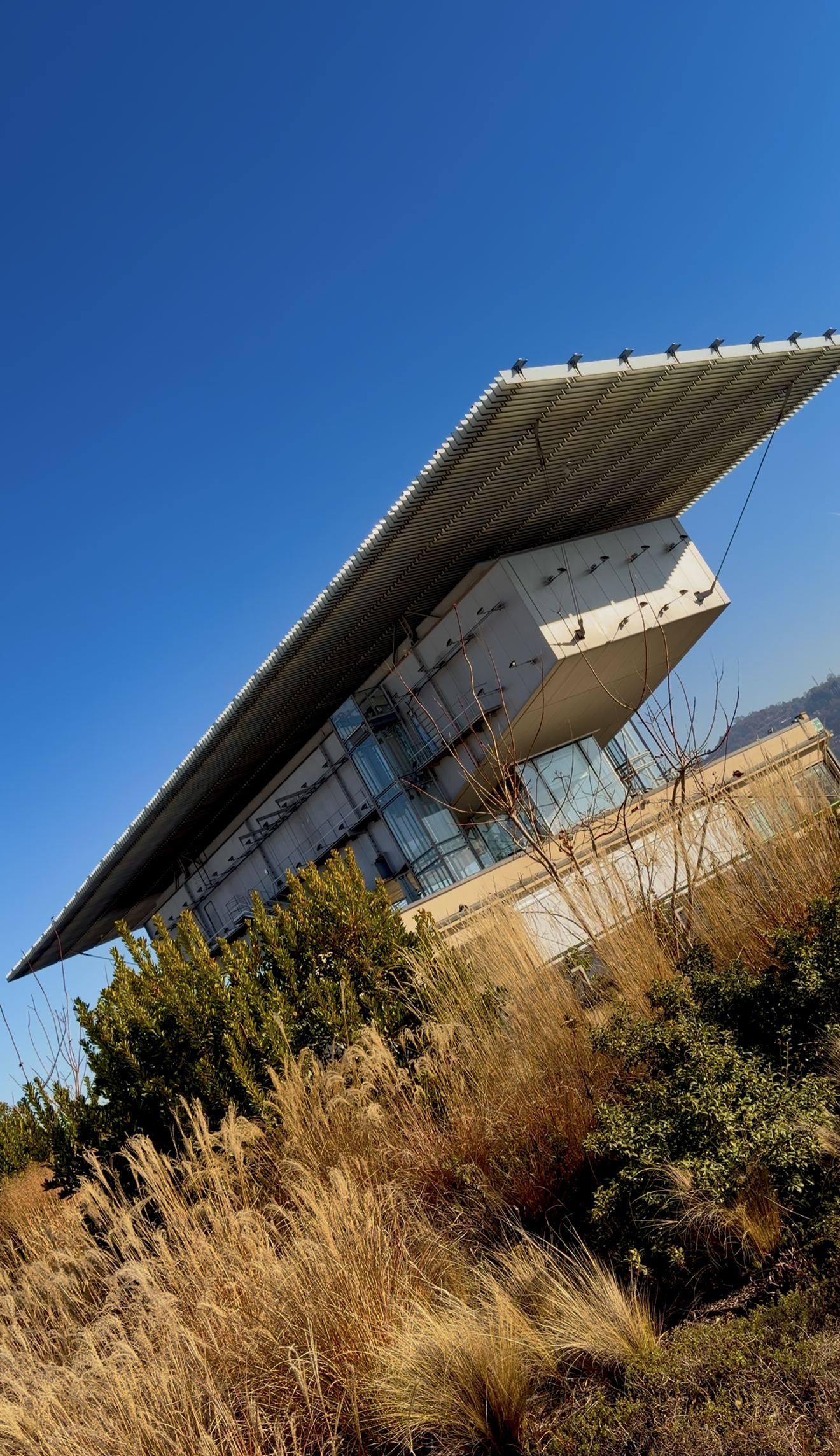
Pinacoteca Agnelli
Where to Eat in Lingotto and Nizza Mille Fonti
If, instead of the convenience of finding all Italian products in one place, you want to experience the neighborhood, you will find character and great food in some local restaurants:
Tiffany Bistrot di Mare – Come here for a surprisingly relaxed setting for enjoying high-quality seafood, including fish dishes and raw platters.
Salumeria Gastronomia Ramello – A bright spot centered around a delicatessen counter, with a mezzanine and a handful of tables, this eatery was established in 1956 as a classic deli, evolving to offer more diverse options while maintaining affordable prices and honoring tradition. Don’t miss the mix of green anchovies, cheeses, caponata, and escarole.
Pout Pourri Vintage Café – Well known in Turin’s mixology scene, this venue brings the best of cocktails to the neighborhood (which does not necessarily shine in terms of nightlife). Creations focus on sustainability, with many raw materials coming from the 1,200 square meter indoor garden.
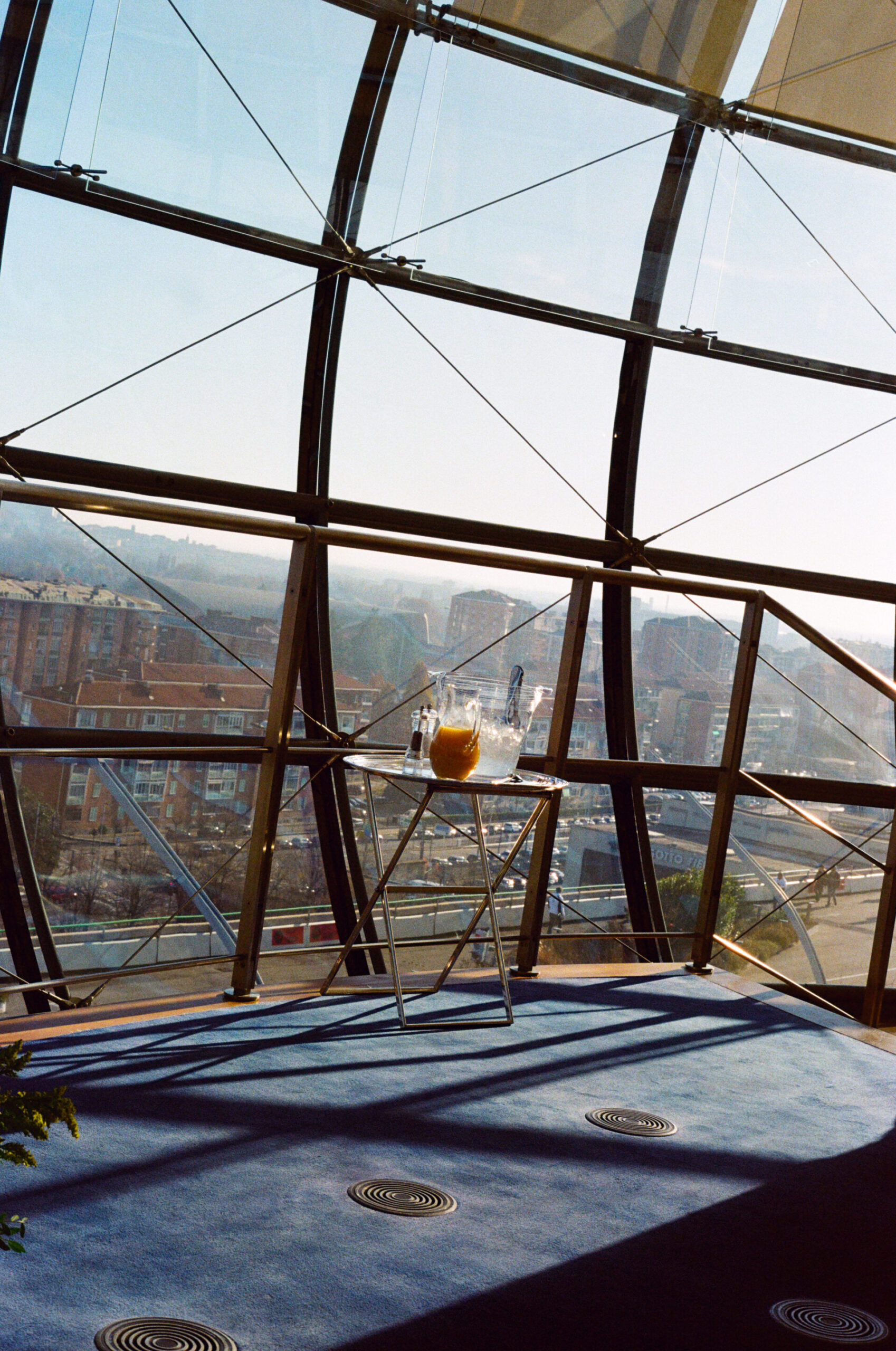
La Bolla at Lingotto, designed by Renzo Piano, is a striking glass-and-steel conference room suspended above Turin.
MIRAFIORI
When Mussolini and Giovanni Agnelli cut the ribbon on this massive factory in May 1939, the Duce is said to have given a warning: packing 50,000 workers into one plant might be risky. But Agnelli was living the Detroit dream, inspired by Ford and making it happen on an epic scale—2,000,000 square meters, 20 kilometers of railway lines, and 11 kilometers of underground roads connecting warehouses. At its peak, the factory churned out 5,000 cars a day. Fast forward to 2024, however, and the numbers are nowhere close to the glory days of the 20th century: production plummeted to just 19,510 units in the first half of the year, compared to 53,330 in 2023.
These figures illustrate in the abstract what can be seen with a walk through the district—an area where neighborhood and industry are inextricably linked, through booms, struggles, and decline, and where FIAT ignited one of Italy’s most important workers’ movements.
The workers’ fight for fairer wages and better conditions began as early as 1900, with small-scale strikes marking the dawn of organized labor in the industrial era. However, the period between 1919 and 1920—known as Il Biennio Rosso (The Red Biennium)—escalated into a full-blown workers’ revolt. Factories across Italy, including FIAT, were occupied by workers who demanded transformative changes. The confrontations during this time were often tense and violent, with frequent clashes between workers and police forces.
In 1943, amidst the turmoil of World War II, a factory strike became a landmark moment. FIAT workers walked out at 10 AM on the dot, halting production and signaling their resistance not only to oppressive working conditions but also to the Fascist regime–one of the most significant acts of industrial defiance during the war, laying the groundwork for Italy’s postwar labor movements.
The 1960s and 1970s brought another wave of intense labor activism. Workers fought for shorter hours, better pay, and improved safety in a rapidly expanding industrial landscape. These struggles culminated in major victories, including laws that established stronger worker protections and labor rights.
However, the industrial crisis of the 1980s shifted the dynamics dramatically. As FIAT faced declining fortunes, tensions rose between management and workers. The March of the Forty Thousand on October 14th, 1980, was a watershed moment. White-collar employees and managers, frustrated with prolonged picket lines that had paralyzed factory operations, organized a counter-demonstration. The march effectively broke the strike, leading to an agreement that favored FIAT’s management and marked the beginning of a division between the company’s white-collar and blue-collar workforce–a moment that symbolized the decline of union power and the fracturing of the solidarity that had characterized earlier labor movements.

FIAT Mirafiori
What to see in Mirafiori:
Stellantis Heritage HUB – Though it’s not possible to visit the entire Mirafiori complex, you can visit the Stellantis Heritage HUB, located within the historic plant, that’s 15,000 square meters. The guided tour, which lasts about two hours, includes an immersive journey inside the exhibition space, hosting about 300 cars produced by the FIAT, Lancia, and Abarth brands, plus a selection of cars built for the Carabinieri over a 50-year period.
Borgo Mirafiori – If you like contrasts, then stroll through the alleys of the 19th-century Borgo Mirafiori, the rural heart of the district, created to serve the castle from which the district took its name “Miraflores”, because it was full of gardens. Although the castle is no longer there, the district’s agricultural vocation has remained alive, thanks also to the many peasants who came from the south to work in the factories and who farmed the vacant plots of land in their spare time.
Orti Generali – The legacy of Borgo Mirafiori has flourished more than ever in recent years thanks to this garden initiative. Launched in 2010 in Mirafiori Sud, the project has united schools and associations, market gardeners and residents, who have worked to create a large urban garden park in the neighborhood (a former working-class area where squatter gardens are the norm). In 2023, it won the National Landscape Award and represented Italy at the European Council’s Landscape Award, becoming a model of urban regeneration, with 170 vegetable gardens in an area of about 12 hectares and the redevelopment of a hectare of squatter gardens now transformed into an educational center, urban farm, and collective garden. It’s open to everyone, and even if you don’t stay long enough to tend a vegetable garden, you can still explore the river park, discover the animals, take part in children’s workshops and courses, or take a break at the kiosk in the Sangone river park.
Check out the architecture – If the relationship between social fabric and urban landscape fascinates you, check out Basse di Mirafiori (where La ragazza di via Millelire was filmed)–characterized by low red-brick, working-class houses built for FIAT workers–or the Art Nouveau villas designed by the great architect and artist Carlo Mollino in Via Felizzano.
Where to Eat in Mirafiori:
Osteria Andirivieni – Named one of the best piole in Turin by guidebook I Cento di Torino 2024, this spot offers an à la carte menu and three tasting courses in Cascina Roccafranca, a cultural center in a restored farmhouse. The restaurant is also part of the Cooperativa Sociale Raggio, dedicated to providing employment opportunities for individuals with disabilities.
Il Chiosco di Orti Generali – Open only on weekends, this kiosk, with 28 tables in the park meadows on the Sangone is a go-to for meals with plenty of vegan and vegetarian options, homemade desserts, and craft beers and natural wines.
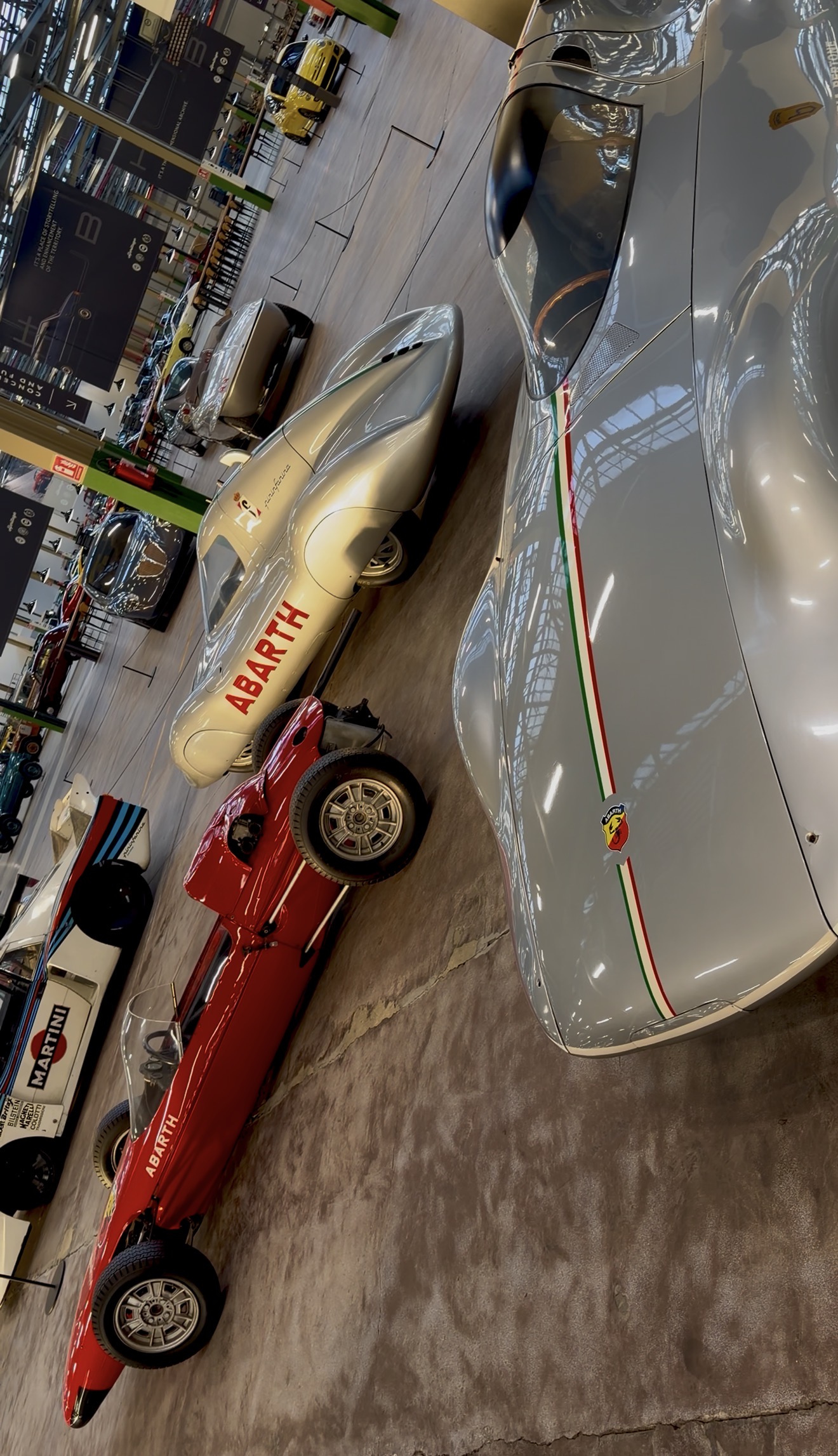
The Stellantis Heritage HUB
